The Timeless Elegance of Persian Rugs: A Deep Dive into Artistry and Craftsmanship

In the world of interior decor, few things can match the timeless elegance and allure of Persian rugs. These exquisite floor coverings have captivated hearts and adorned homes for centuries, standing as a testament to the enduring legacy of Persian rug artistry and craftsmanship.
With their intricate designs, rich history, and unparalleled quality, Persian rugs continue to be sought after by connoisseurs and homeowners alike.
In this article, we will delve into the captivating world of Persian rugs, exploring their designs, craftsmanship, and the cultural significance that has made them a symbol of refined taste and sophistication.

The Artistry of Persian Rug Designs
At the heart of the Persian rugs' allure lies its captivating and intricate designs. Persian rug designers have perfected their craft over centuries, drawing inspiration from a rich tapestry of cultural influences, including Persian mythology, nature, and architecture. Each rug is a masterpiece, intricately woven with precision and care, resulting in a visual symphony of colours and patterns.
One of the most renowned design elements in Persian rugs is the use of motifs. These motifs often hold symbolic meanings passed down through generations.
Common motifs include the Tree of Life, floral patterns, and geometric shapes. The Tree of Life, for instance, symbolises fertility and eternal life, while floral patterns often represent the beauty of nature.
Persian rug designs also reflect the regional diversity of Iran, with distinct styles originating from different cities and provinces. The diverse styles offer a wide range of options to suit various interior aesthetics, such as:
- Isfahan rugs are known for their finely detailed floral patterns,
- Heriz rugs feature bold geometric designs
- Kashan rugs, on the other hand, are characterised by the intricacy of their medallion motifs

Craftsmanship Beyond Compare
The crafting of Persian rugs is a labour-intensive process that requires remarkable skill and dedication. Persian rug craftsmen, known as "weavers," meticulously create each rug by hand, ensuring that every knot and thread is perfectly placed. This dedication to detail results in rugs of exceptional quality and durability.
The foundation of a Persian rug is the warp and weft, which form the base for the intricate knotting of the pile.
The most common knot used in Persian rug weaving is the asymmetrical or Persian knot, which allows for greater intricacy in the design. Each knot is tied by hand, a process that can take months or even years to complete depending on the size and complexity of the rug.
The quality of the materials used in Persian rugs also contributes to their longevity. The finest Persian rugs are made from natural materials, with wool and silk being the most common choices. These materials not only add to the rugs' durability but also enhance their lustrous appearance.

Historic Persian Carpets: A Legacy of Elegance
Image title: Persian rug.
Image alt-title: Details of a Persian rug.
Image URL: https://www.pexels.com/photo/details-of-a-persian-rug-14337369/
The history of Persian rugs is as rich as their designs. Persian rug weaving can be traced back over 2,500 years, making it one of the world's oldest art forms. Throughout history, Persian rugs have adorned the palaces of emperors, the tents of nomads, and the homes of scholars. They have been coveted by collectors, traders, and art enthusiasts alike.
One of the most famous historic Persian carpets is the Ardabil Carpet, dating back to the 16th century. This exquisite rug, now housed in the Victoria and Albert Museum in London, showcases the impeccable craftsmanship and timeless beauty of Persian rugs. Its intricate floral design and precision weaving continue to inspire awe and admiration.

Cultural Significance and Symbolism
Beyond their aesthetic appeal, Persian rugs hold a special place in the hearts of Iranians and enthusiasts worldwide. They are not merely floor coverings but are deeply intertwined with Persian culture and heritage. Persian rugs often serve as family heirlooms, passed down from one generation to the next, carrying with them the memories and stories of their owners.
In Persian culture, rugs are often associated with warmth and hospitality. It is customary to offer a rug as a gift to welcome guests into one's home, symbolising friendship and goodwill. The act of weaving a rug is considered an art form and a spiritual journey for many artisans, reflecting the deep connection between Persian rug craftsmanship and the culture it represents.
Modern Elegance: Persian Rugs in Contemporary Decor
While Persian rugs have a rich history rooted in tradition, they also find a place in modern interior design. Their timeless elegance seamlessly blends with contemporary aesthetics, adding a touch of luxury and sophistication to any space. In today's interior decor, Persian rugs are often used as statement pieces, anchoring the room with their captivating designs and rich colours.
The enduring popularity of Persian rugs can be attributed to their versatility. They can enhance a variety of decor styles, from traditional to eclectic, and even minimalist settings. A Persian rug can transform a room, adding depth, texture, and a sense of history.

Conclusion
In a world where trends come and go, the enduring elegance of Persian rugs stands as a testament to the timeless allure of artistry and craftsmanship. These rugs, with their intricate designs, rich history, and cultural significance, continue to captivate the hearts of collectors, decorators, and homeowners alike.
Persian rugs are not merely floor coverings; they are a window into the artistic soul of a nation, a symbol of hospitality, and a touchstone of refined taste and sophistication. Whether adorning the floors of grand palaces or the living rooms of modern homes, Persian rugs remain a true masterpiece of timeless elegance.
The Rugs is the place to go if you're in the market for a new rug at discounted prices. Our impressive collection of rugs is perfect for embellishing any space, and we offer outstanding value for your money.
Persian Rug Ideas: Timeless Elegance for Your Home
Incorporate the rich heritage of Persian rugs into your home decor with these inspiring ideas. Layer Persian rugs over neutral carpets for added depth and texture. Use a class="font-semibold" node="[object Object]">vibrant Persian runner in hallways to create a welcoming entrance. In living rooms, centre a large Persian rug to anchor your seating arrangement. For a modern twist, pair a traditional Persian rug with contemporary furniture to create an eclectic look. Don't shy away from using these intricate rugs in unexpected places like kitchens or bathrooms for a touch of luxury.

Oriental Rug Ideas: Infusing Eastern Charm into Your Interiors
Elevate your home's aesthetic with the timeless beauty of Oriental rugs. Create a focal point in your living room by placing a large Oriental rug under your coffee table. Use smaller Oriental rugs as wall hangings to showcase their intricate designs. In bedrooms, place Oriental runners on either side of the bed for a soft landing in the morning. For a unique look, try layering different Oriental rugs with complementary patterns and colours. Don't forget to consider Oriental rugs for outdoor spaces like patios or covered porches.
Persian Carpet Ideas: Luxurious Floor Coverings for Every Room
Transform your living spaces with the opulence of Persian carpets. In dining rooms, choose a Persian carpet that extends beyond the table and chairs for a cohesive look. Use a round Persian carpet to define a reading nook or conversation area in larger rooms. In home offices, a Persian carpet can add a touch of sophistication and warmth. For a bold statement, try hanging a Persian carpet on the wall as a stunning piece of art. In children's rooms, opt for more durable Persian-inspired rugs to add colour and pattern.

Persian Rug Bedroom Ideas: Creating a Cosy and Elegant Retreat
Enhance your bedroom's comfort and style with Persian rug ideas. Place a large Persian rug under the bed, extending out on all sides for a luxurious feel. Use smaller Persian rugs as bedside accents for a pop of colour and texture. Create a cosy seating area in your bedroom with a Persian rug defining the space. For a unique headboard alternative, hang a Persian rug on the wall behind your bed. In dressing areas, a Persian runner can add elegance to your daily routine.
Persian Rug Decorating Ideas: Adding Timeless Beauty to Your Home
Incorporate Persian rugs into your decor for a touch of timeless elegance. Use Persian rugs to define different areas in open-plan living spaces. Create contrast by pairing Persian rugs with modern, minimalist furniture. In entryways, a Persian rug can make a striking first impression. Use smaller Persian rugs as table runners or draped over the back of a sofa for unexpected touches. Don't be afraid to mix Persian rugs with other patterns – the key is to keep colours complementary.

Persian Rug Room Ideas: Transforming Spaces with Traditional Flair
Elevate any room in your home with the beauty of Persian rugs. In living rooms, use a large Persian rug to unify your seating arrangement. Create a cosy dining nook by placing a round Persian rug under a small table and chairs. In home libraries or studies, a Persian rug can add a touch of scholarly sophistication. Use Persian runners in galley kitchens to add warmth and colour to the space. In sunrooms, a Persian rug can create a comfortable seating area while withstanding sunlight.
Persian Rug Design Ideas: Incorporating Intricate Patterns into Your Decor
Embrace the rich patterns of Persian rugs in your interior design. Use a boldly patterned Persian rug as the starting point for your room's colour scheme. In minimalist spaces, let a Persian rug serve as the main decorative element. Create visual interest by mixing different Persian rug designs in adjoining rooms. Use the colours in your Persian rug to inspire accent pieces throughout the room. Don't be afraid to pair Persian rugs with modern art for an eclectic, curated look.
Persian Rug Living Room Ideas: Creating a Welcoming and Stylish Space
Make your living room a showstopper with Persian rug ideas. Centre a large Persian rug in your seating area to create a focal point. Use the colours in your Persian rug to inform your choice of throw pillows and curtains. For a layered look, place smaller Persian rugs over a larger, neutral rug. In conversation areas, use a round Persian rug to encourage intimate gatherings. Don't forget to consider Persian rugs for unexpected spaces like window seats or reading corners.

Persian Rug Dining Room Ideas: Elevating Your Dining Experience
Transform your dining room with the elegance of Persian rugs. Choose a Persian rug that extends at least 60 cm beyond your dining table on all sides. Use the colours in your Persian rug to inspire your table linens and dinnerware. For a dramatic look, hang a Persian rug on the wall as a stunning backdrop to your dining area. In open-plan spaces, use a Persian rug to define your dining zone. Consider a durable, flat-weave Persian-inspired rug for easy chair movement and cleaning.
Red Persian Rug Bedroom Ideas: Adding Warmth and Drama
Infuse your bedroom with passion and elegance using red Persian rugs. Place a large red Persian rug under your bed for a bold foundation. Use smaller red Persian rugs as accent pieces near dressing areas or seating nooks. Create contrast by pairing a red Persian rug with cool-toned walls and bedding. For a cohesive look, choose artwork and accessories that complement the red tones in your rug. In larger bedrooms, use a red Persian runner to create a grand entrance to your sleeping area.
Persian Rug Design Types: Understanding the Rich Variety
Explore the diverse world of Persian rug designs to find the perfect style for your home. Tabriz rugs feature intricate floral patterns and medallions. Heriz rugs are known for their bold geometric designs and durability. Isfahan rugs showcase delicate, curvilinear patterns and often feature silk highlights. Kashan rugs are prized for their central medallion designs and rich colour palettes. Gabbeh rugs offer a more modern, abstract take on traditional Persian designs with bold colours and simple patterns.
Persian Rug Design Ideas: Incorporating Traditional Patterns in Modern Spaces
Blend the old with the new using Persian rug design ideas. Use a traditional Persian rug as a counterpoint to modern furniture for an eclectic look. Incorporate the colours from your Persian rug into your room's overall colour scheme. In neutral spaces, let a boldly patterned Persian rug serve as the main source of colour and texture. For a cohesive look, choose artwork that echoes the patterns found in your Persian rug. Don't be afraid to mix Persian rugs with other global textiles for a well-travelled aesthetic.

Persian Rug Design: Appreciating the Artistry and Craftsmanship
Understand the elements that make Persian rug design so distinctive and valuable. Central medallions often serve as the focal point, surrounded by intricate floral or geometric patterns. Borders typically feature multiple bands of complementary designs. Field patterns can range from all-over floral motifs to repeating geometric shapes. Appreciate the use of colour in Persian rugs, with rich reds, blues, and ivories being traditional favourites. Look for signature motifs like the Tree of Life, vases, or animals that can indicate the rug's origin and symbolism.
Persian Rug Design Names: Decoding the Terminology
Familiarise yourself with common Persian rug design names to better appreciate and discuss these artworks. Herati patterns feature a central diamond with floral corners. Boteh motifs, also known as paisley, represent fertility and eternity. Gul designs showcase octagonal or polygonal medallions repeated across the rug. Mina Khani patterns feature interlinked floral diamonds. Shah Abbasi motifs depict stylised flowers with elongated petals. Understanding these terms can help you identify and select Persian rugs that resonate with your personal style.
Persian Rug Design Elements: Key Components of Traditional Patterns
Recognise the fundamental elements that compose Persian rug designs. The field is the main area of the rug, often featuring repeating patterns or a central medallion. Borders frame the field and can consist of multiple bands with different designs. Medallions are central motifs that anchor the overall design. Spandrels are quarter-medallions often found in the corners of the field. Guard stripes are narrow bands that separate the main border from the field. Understanding these elements can help you appreciate the complexity and balance of Persian rug designs.
Persian Rug Designs Meaning: Symbolism in Traditional Patterns
Delve into the rich symbolism behind Persian rug designs. The Tree of Life motif represents paradise and eternal life. Birds often symbolise good luck or divine messages. Geometric shapes like octagons and hexagons represent protection and spirituality. Floral patterns can symbolise paradise or the cycle of life. S-shapes or dragons are believed to ward off evil. Understanding these meanings can add depth to your appreciation of Persian rugs and help you choose designs that resonate with your personal beliefs or the atmosphere you want to create in your home.
Persian Rug Pattern Vector: Digital Representations of Traditional Designs
Explore the world of Persian rug pattern vectors for digital design projects or custom rug creation. Vector formats allow for scalable, high-quality reproductions of intricate Persian rug patterns. Use these digital representations to visualise how a rug might look in your space before making a purchase. Designers can incorporate Persian rug pattern vectors into graphic design projects for a touch of traditional elegance. These digital patterns can also be used to create custom-printed textiles inspired by Persian rug designs. Remember to respect copyright and licensing agreements when using or adapting Persian rug pattern vectors in your projects.
People Also Asked
What's so special about Persian rugs?
Persian rugs are renowned for their exquisite craftsmanship, intricate designs, and rich cultural heritage. These handwoven masterpieces often feature unique patterns, vibrant colors, and high-quality materials, making them both functional art pieces and valuable investments.
Are Turkish rugs considered Persian rugs?
No, Turkish rugs are not Persian rugs. While both are known for their quality and beauty, they originate from different regions and have distinct styles and techniques. Persian rugs come from Iran (formerly Persia), while Turkish rugs are made in Turkey.
Why are real Persian rugs so expensive?
Real Persian rugs are expensive due to their labor-intensive creation process, high-quality materials, and cultural significance. Each rug is handcrafted, often taking months or years to complete, using premium wool, silk, or cotton. Their rarity and historical value also contribute to their high price.
How to tell if a Persian rug is real?
To identify a genuine Persian rug, look for:
- Hand-knotted construction
- Natural dyes and materials
- Intricate, unique patterns
- Slight imperfections (a sign of handmade quality)
- Authentic certificate of origin
Are Persian rugs Islamic?
While Persian rugs often incorporate Islamic motifs and designs, they are not inherently religious objects. They reflect the cultural and artistic heritage of Iran, which has been influenced by Islamic art but also includes pre-Islamic and secular elements.
Why are Persian rugs always red?
Persian rugs are not always red, though red is a popular color. The perception might come from the frequent use of rich, warm tones like red, burgundy, and rust. These colors are favored for their cultural significance, ability to hide dirt, and the historical availability of red dyes.
How long can a Persian rug last?
With proper care, a high-quality Persian rug can last for generations, often 100 years or more. The durability of these rugs is a testament to their superior craftsmanship and materials, making them valuable heirlooms passed down through families.
Do Persian rugs smell?
Well-maintained Persian rugs should not have an unpleasant odor. New rugs might have a slight wool smell, which dissipates over time. Any persistent bad odor could indicate improper storage or water damage and should be addressed by a professional cleaner.
What do you put under a Persian rug?
To protect and extend the life of a Persian rug, use a high-quality rug pad underneath. This provides cushioning, prevents slipping, and allows air circulation. Choose a pad made of materials compatible with the rug's fibers and the flooring beneath.
Do Persian rugs tell a story?
Many Persian rugs do tell stories through their intricate patterns and symbols. These can represent historical events, cultural beliefs, or natural scenes. Each motif and color choice can have specific meanings, creating a visual narrative within the rug's design.
What is the spiritual meaning of the Persian rug?
Persian rugs often carry spiritual significance, with designs that represent paradise gardens, protection against evil, or cosmic harmony. Certain patterns and motifs are believed to bring good fortune, while others symbolize spiritual concepts from various belief systems.
Are Turkish rugs better than Persian rugs?
Neither Turkish nor Persian rugs are inherently "better." Both have rich traditions and high-quality craftsmanship. The choice between them often comes down to personal preference in design, color palette, and specific weaving techniques used.
How do I value a Persian rug?
Valuing a Persian rug involves considering:
- Age and condition
- Knot density (higher is generally more valuable)
- Materials used (silk typically commands higher prices)
- Rarity of the design
-
Provenance and authenticity
Consult a professional appraiser for an accurate valuation.
Why is Persian rugs so expensive?
Persian rugs are expensive due to their handcrafted nature, time-consuming production, use of premium materials, and cultural significance. The skills required to create these rugs are passed down through generations, adding to their value as both art pieces and cultural artifacts.
How do you tell a quality Persian rug?
Quality indicators for Persian rugs include:
- High knot count (denser weave)
- Even, tight stitching
- Natural dyes with rich, deep colors
- Intricate, well-executed patterns
- Soft, lustrous pile
- Flexibility and durability of the rug
Why are Persian rugs mostly red?
While Persian rugs come in various colors, red is popular due to its cultural significance, ability to hide stains, and historical availability of red dyes. However, Persian rugs actually feature a wide range of colors, including blues, greens, and earth tones.
Are Persian rugs religious?
Persian rugs are not inherently religious objects, though they may incorporate religious symbols or motifs. They are primarily cultural and artistic creations that reflect the rich history and traditions of Iran, which includes Islamic and pre-Islamic influences.
How long do Persian rugs last?
With proper care, high-quality Persian rugs can last 100 years or more. Their longevity is due to superior materials, expert craftsmanship, and the ability to be professionally restored. Regular maintenance and careful use can help these rugs become cherished family heirlooms.
What is the difference between Persian and Oriental rugs?
Persian rugs are a subset of Oriental rugs. All Persian rugs are Oriental, but not all Oriental rugs are Persian. Persian rugs specifically come from Iran (formerly Persia), while Oriental rugs can originate from various countries across Asia, including China, India, and Turkey.
How to tell if a Turkish rug is real?
To identify a genuine Turkish rug:
- Check for hand-knotted construction
- Look for natural materials (wool, cotton, silk)
- Examine the back of the rug for a clear pattern
- Verify the knot type (typically Turkish/Ghiordes knot)
- Check for slight imperfections indicative of handmade quality
Is it okay to say Persian rug?
Yes, it's perfectly acceptable to say "Persian rug." This term specifically refers to rugs made in Iran (formerly Persia) and is widely recognized and used in the rug industry and by collectors worldwide.
What is the difference between Persian and Turkish?
Key differences between Persian and Turkish rugs include:
- Origin: Persian from Iran, Turkish from Turkey
- Knot type: Persian uses asymmetrical knots, Turkish uses symmetrical
- Design: Persian often more floral and curvilinear, Turkish more geometric
- Color palette: Persian typically richer, Turkish often brighter
Should you roll or fold a Persian rug?
Always roll a Persian rug for storage; never fold it. Rolling prevents creases and damage to the rug's fibers and backing. Roll the rug with the pile facing inward, and wrap it in a breathable material like cotton for protection.
What is the Persian flaw in rugs?
The "Persian flaw" or "deliberate mistake" is an intentional imperfection woven into some Persian rugs. This practice stems from the belief that only God can create perfection, so rug makers include a small flaw to avoid competing with divine creation.
Are Persian rugs still in style?
Yes, Persian rugs remain in style and are considered timeless decor elements. Their versatility allows them to complement various interior design styles, from traditional to modern. The enduring appeal of Persian rugs lies in their artistry, quality, and ability to add warmth and character to any space.
How can you tell if a Persian rug is good quality?
Indicators of a high-quality Persian rug include:
- High knot density (more knots per square inch)
- Even, tight weave visible on the back
- Natural dyes with rich, deep colors
- Clear, crisp patterns
- Soft, resilient pile
- Flexibility when bent back on itself
Are Persian rugs expensive?
Yes, authentic Persian rugs are generally expensive due to their handcrafted nature, high-quality materials, time-intensive production, and cultural significance. Prices can range from hundreds to hundreds of thousands of dollars, depending on size, age, rarity, and condition.
What is Persian rugs slang for?
In some contexts, "Persian rug" has been used as slang for pubic hair, particularly when well-groomed. However, this usage is considered crude and is not commonly used in polite conversation. The term is primarily and respectfully used to refer to the actual rugs from Iran.
How is a Persian rug made?
Persian rug making is an ancient art form involving intricate handcrafting techniques. The process begins with carefully selected wool or silk, often hand-spun for superior quality. Artisans use a vertical loom to create the rug's foundation, meticulously tying thousands of knots to form the pile. The distinctive patterns are created by weaving colored threads according to a pre-designed pattern or from memory. After weaving, the rug undergoes finishing processes including trimming, washing, and stretching to perfect its appearance and durability.
How are Persian rugs knotted?
Persian rugs are renowned for their unique knotting techniques. The two primary knots used are the Senneh (asymmetrical) and Ghiordes (symmetrical) knots. Skilled artisans tie these knots by hand around the warp threads of the loom, creating the rug's pile. The density of knots, often measured in knots per square inch, determines the rug's quality and detail level. Higher knot counts allow for more intricate designs and greater durability. This labor-intensive process requires immense skill and patience, contributing to the rugs' value and prestige.
How do you tell if a Persian rug is real?
Authenticating a Persian rug involves examining several key features. Check the back of the rug for a distinct pattern mirroring the front, indicating hand-knotting. Natural dyes produce subtle color variations, unlike the uniform hues of synthetic dyes. Imperfections and asymmetry in the design often indicate genuine craftsmanship. Fringe should be an extension of the rug's foundation, not sewn on separately. Certifications of authenticity from reputable sources can provide additional assurance. The rug's overall quality, materials, and craftsmanship should reflect the high standards associated with genuine Persian rugs.
What is so special about Persian rugs?
Persian rugs hold a special place in the world of textiles due to their rich cultural heritage and unparalleled craftsmanship. Each rug tells a story through its intricate patterns and symbols, often reflecting the weaver's region and traditions. The superior quality of materials, typically fine wool or silk, ensures durability and a luxurious feel. Persian rugs are known for their vibrant, long-lasting colors derived from natural dyes. The meticulous hand-knotting technique results in rugs of exceptional detail and quality. Moreover, these rugs are considered valuable investments, often appreciating over time due to their artistry and historical significance.
Why are Persian rugs so expensive?
The high cost of Persian rugs is attributed to several factors. Foremost is the labor-intensive production process, with skilled artisans spending months or even years hand-knotting a single rug. The use of premium materials like high-quality wool, silk, and natural dyes adds to the expense. The intricate designs and high knot density contribute to both the rug's beauty and its price. Many Persian rugs are considered works of art with historical value, increasing their worth. The limited production of authentic Persian rugs, coupled with high demand from collectors and enthusiasts worldwide, further drives up prices in the market.
What is the difference between Persian and Turkish rugs?
While both are renowned for their quality, Persian and Turkish rugs have distinct characteristics. Persian rugs typically feature more curvilinear and floral designs, while Turkish rugs often have more geometric patterns. The knotting technique differs: Persian rugs usually use asymmetrical knots, while Turkish rugs employ symmetrical knots. Persian rugs are known for their finer weave and higher knot count, resulting in more detailed patterns. Turkish rugs often have a slightly thicker pile. In terms of cultural motifs, Persian rugs frequently incorporate nature-inspired elements, whereas Turkish rugs may feature more tribal and religious symbols.
Do Persian rugs have a mistake?
The notion of a deliberate mistake in Persian rugs is more myth than fact. While imperfections may exist, they are typically unintentional results of hand-crafting, not deliberate errors. The idea stems from the belief that only Allah can create perfection, leading some to think weavers intentionally include flaws. In reality, the slight asymmetries and variations in hand-knotted Persian rugs are natural outcomes of the human touch, adding to their uniqueness and charm. These subtle irregularities are often seen as proof of authenticity, distinguishing handmade rugs from machine-made imitations. True Persian rug artisans strive for perfection in their craft, embracing the natural variations that occur in handmade items.
Related Blog Posts
The History of Oriental Rugs: From Ancient Persia to Modern Décor
Rug-Making Traditions from Around the World
Antique Rugs: A Collector's Guide to Timeless Treasures
Related Rug Collections




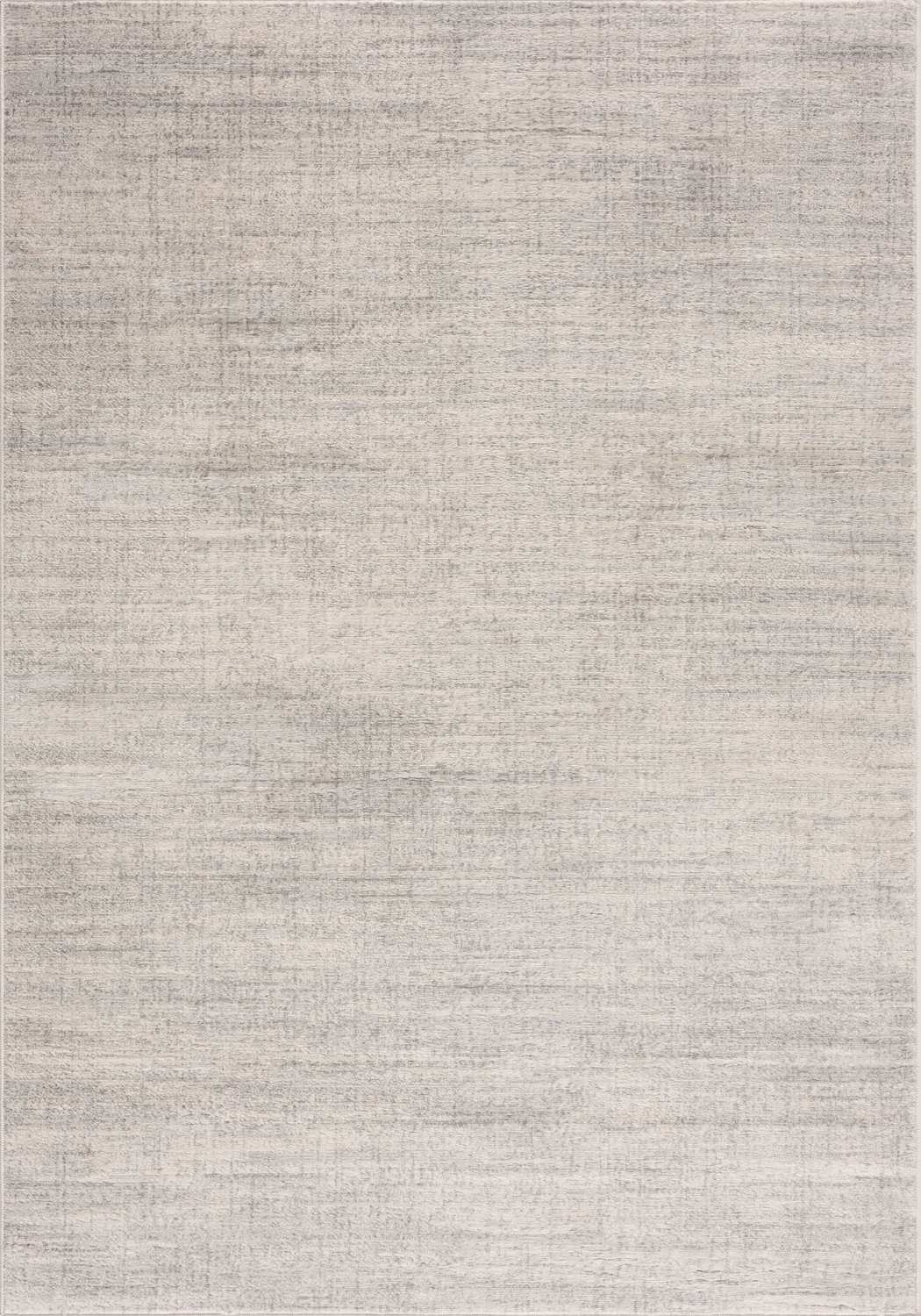
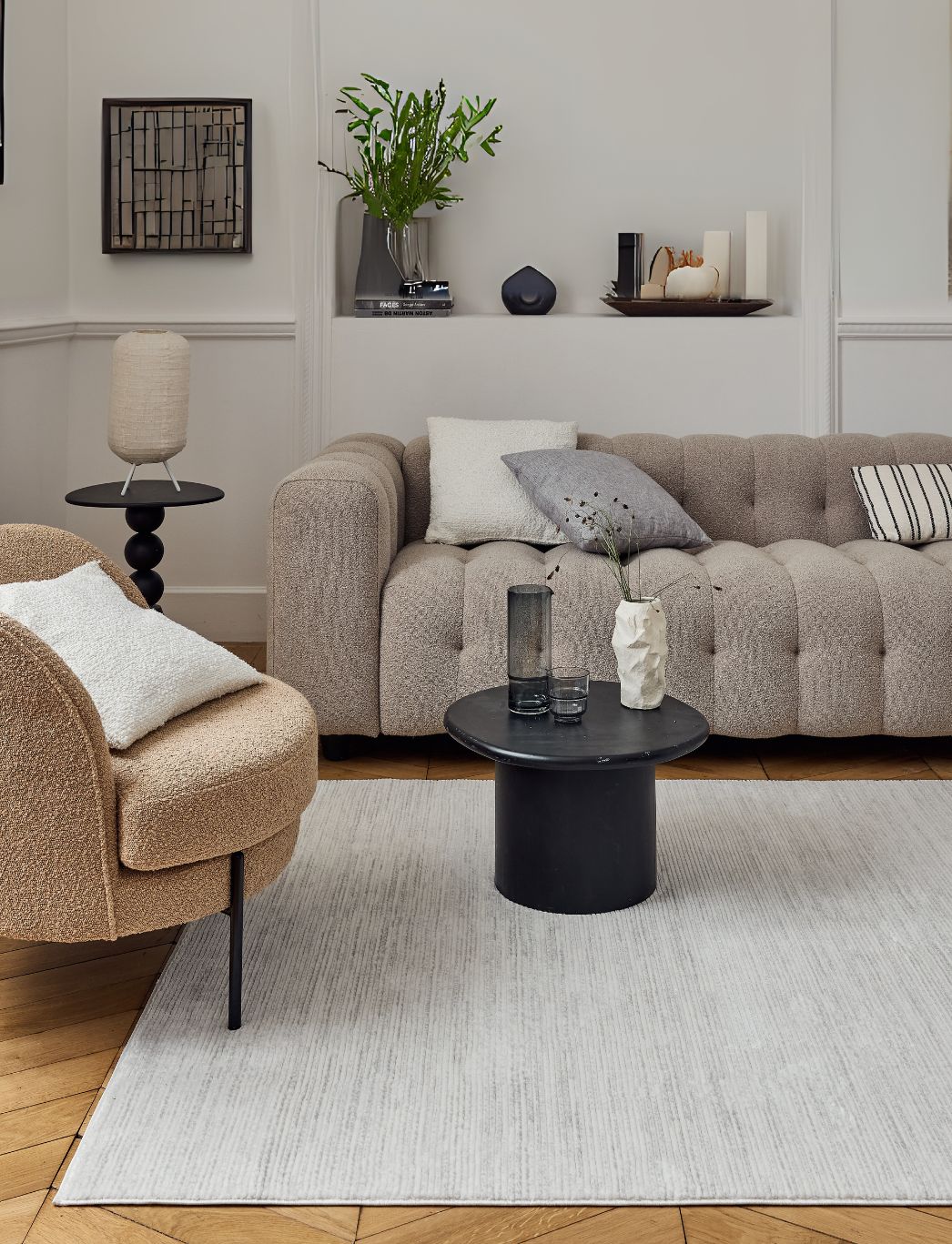
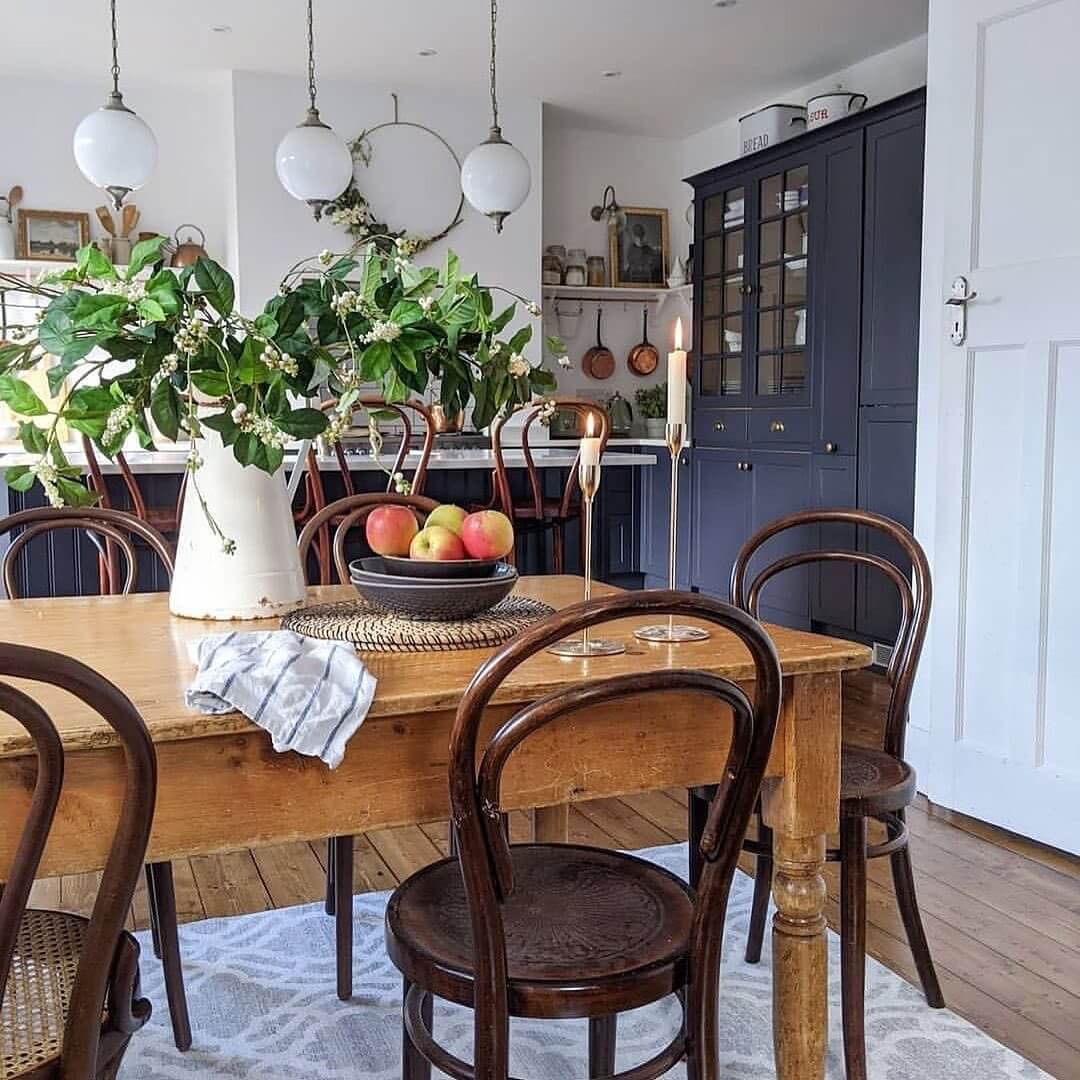
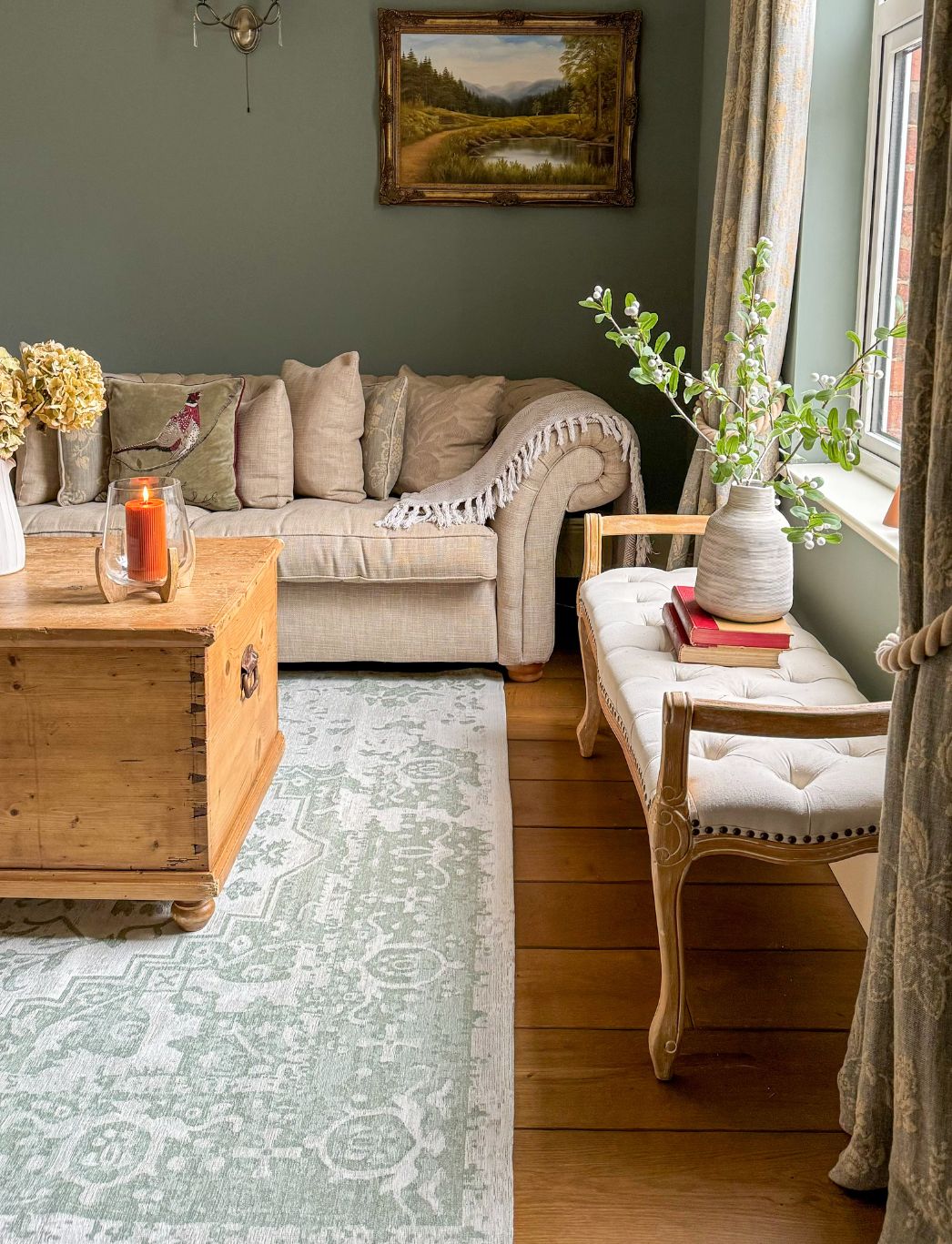
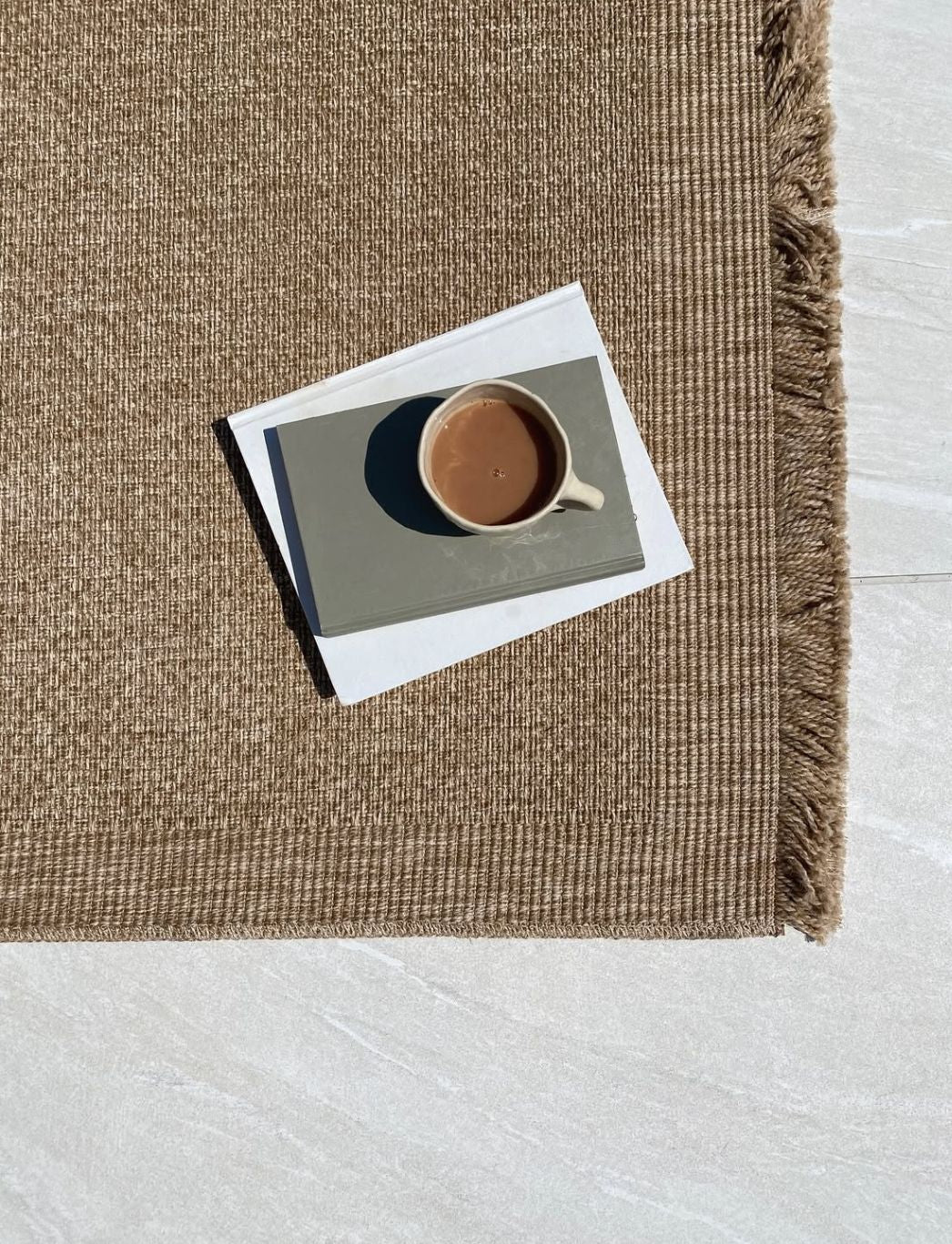
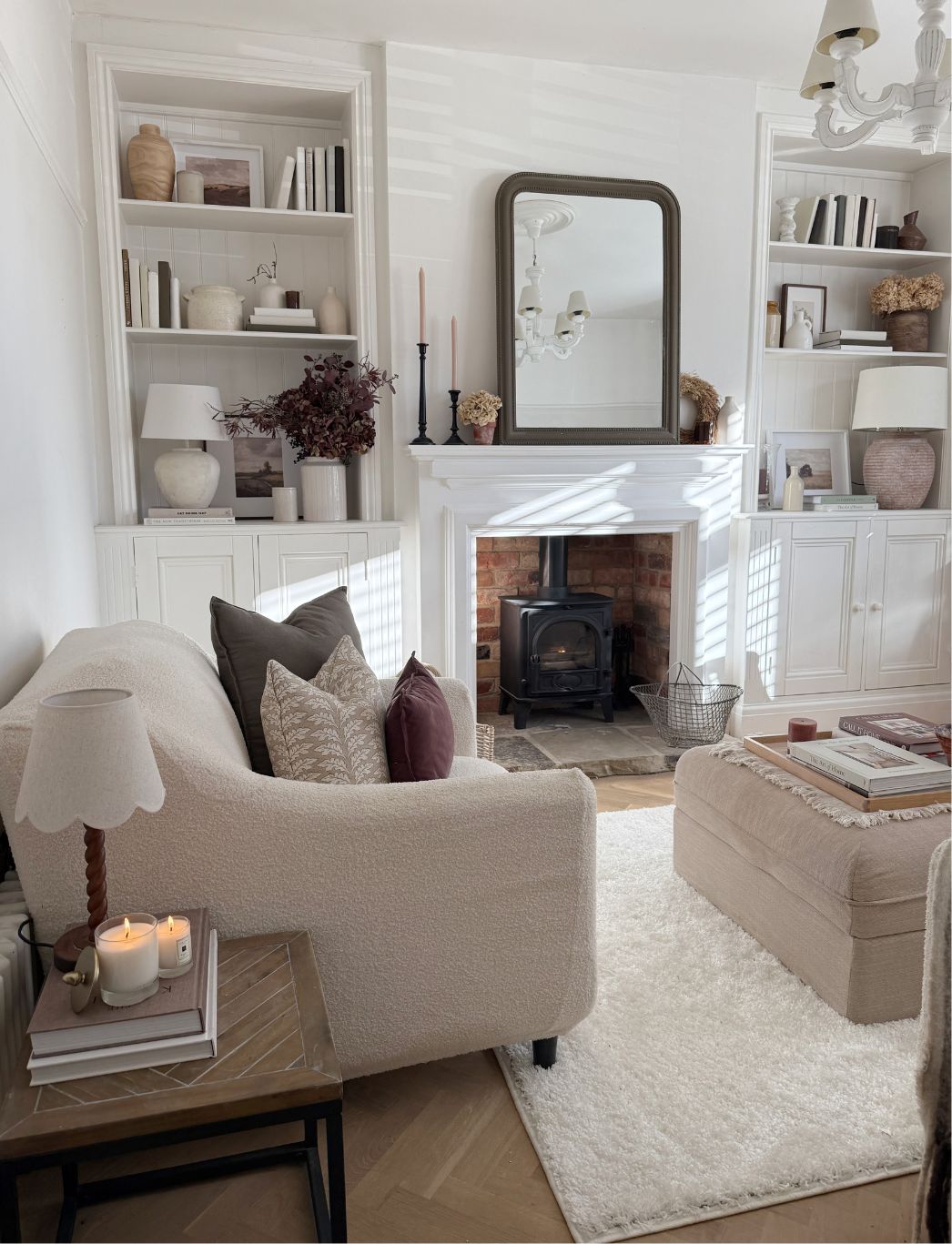
Leave a comment